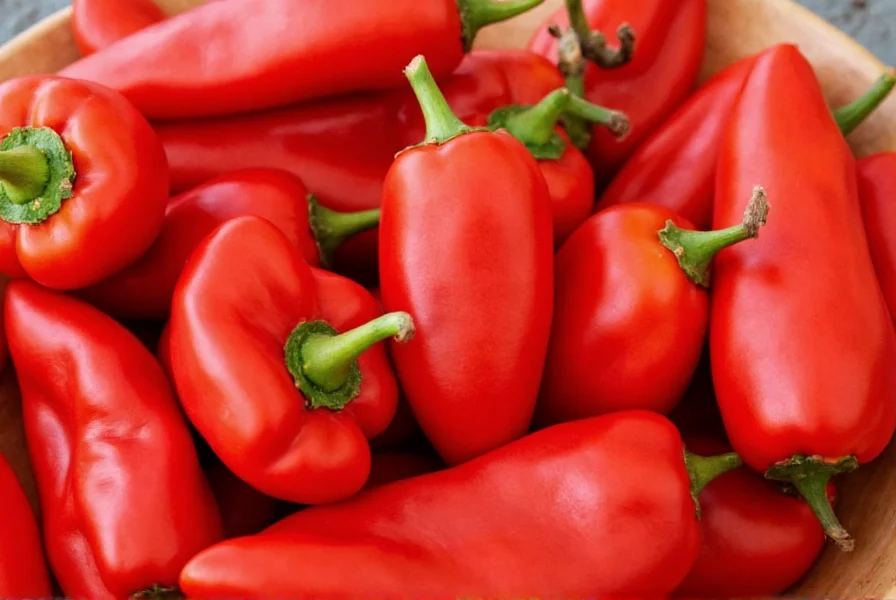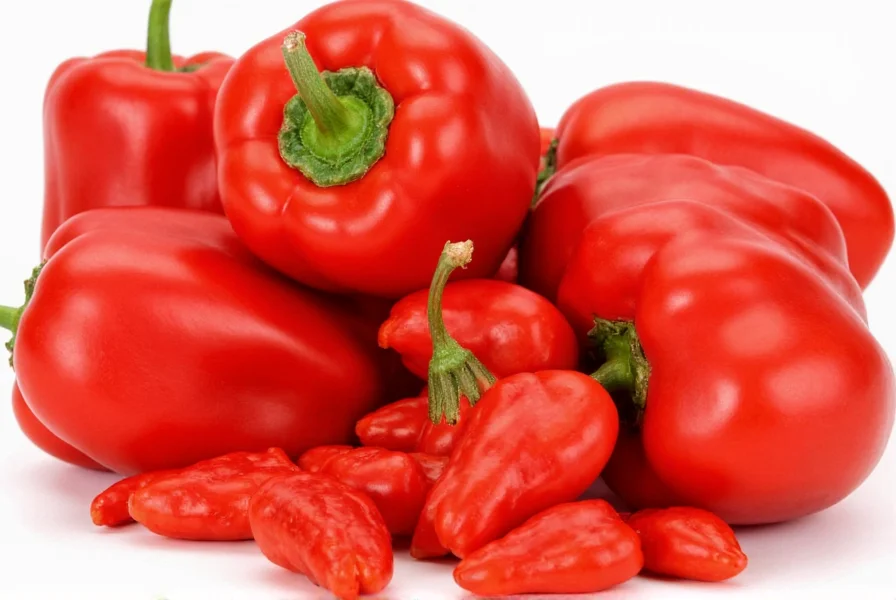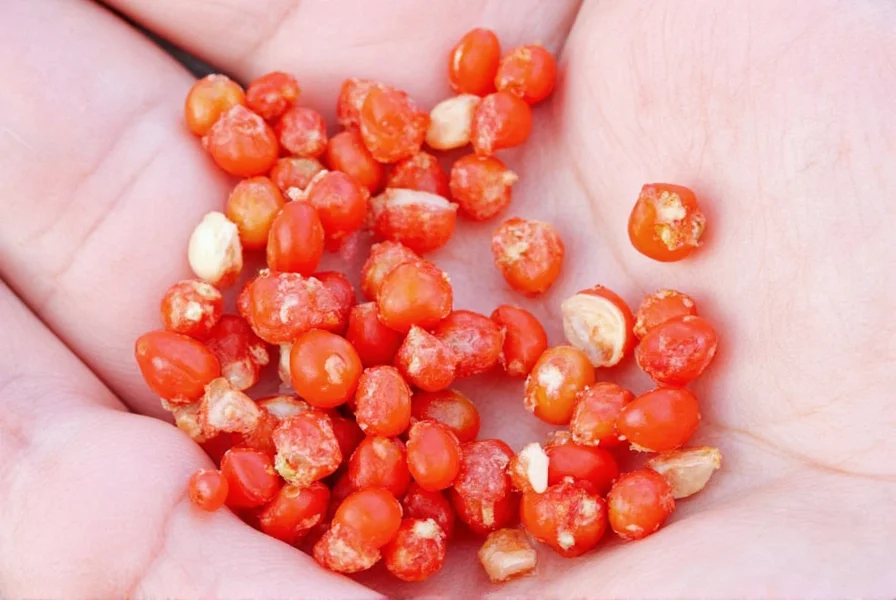Understanding paprika pronunciation correctly matters whether you're ordering at a restaurant, discussing recipes with fellow cooking enthusiasts, or simply want to sound knowledgeable about this popular spice. The word originates from Hungary, where paprika is a culinary staple, and maintaining its authentic pronunciation shows respect for its cultural roots while ensuring clear communication.
Breaking Down Paprika Pronunciation
Let's examine the correct paprika pronunciation in detail:
| Syllable | Phonetic Spelling | Description |
|---|---|---|
| Pa | puh | Soft 'uh' sound like the 'a' in "ago" - not emphasized |
| pri | PREE | Strong emphasis here - long 'ee' sound like in "tree" |
| ka | kuh | Soft 'uh' ending, similar to the first syllable |
When saying how to pronounce paprika properly, imagine the rhythm: da-DA-da. The stress falls distinctly on the middle syllable, which many English speakers miss when they emphasize the first syllable instead.
Common Mispronunciations to Avoid
Several incorrect paprika pronunciations are widespread. Being aware of these will help you avoid them:
- PAP-ri-ka - Overemphasizing the first syllable (common American mispronunciation)
- pa-PREE-ka - Getting the stress right but using a hard 'a' sound
- pa-PREE-kah - Adding an unnecessary emphasis on the final syllable
- pap-REE-kuh - Combining the first two errors
These mispronunciations often happen because English speakers naturally stress the first syllable of unfamiliar words. However, paprika pronunciation in English has maintained its Hungarian stress pattern despite being adopted into our language.

Linguistic Origins of Paprika
The word paprika entered English from Hungarian, which borrowed it from Serbian paparika, ultimately derived from Croatian babur meaning "pepper." Understanding this etymology of paprika explains why the pronunciation differs from what English spelling patterns would suggest.
In Hungarian, the word is pronounced ˈpɒprikɒ (roughly "POH-pree-kaw"), with a more rounded 'o' sound. When adopted into English, the pronunciation softened to puh-PREE-kuh while maintaining the distinctive second-syllable stress.
Regional Pronunciation Variations
While puh-PREE-kuh represents the standard English pronunciation, some regional variations exist:
- American English: Sometimes pronounced with a slightly harder first syllable as "puh-PREE-kuh" or occasionally "PAP-ri-ka"
- British English: Tends to stay closer to the Hungarian original with a softer first syllable
- Original Hungarian: "POH-pree-kaw" with a more rounded 'o' sound and a distinct 'w' ending
For culinary professionals and spice enthusiasts, using the authentic paprika pronunciation demonstrates attention to detail and respect for the spice's cultural heritage.

Practical Usage Tips
When discussing this versatile spice, proper paprika pronunciation guide becomes especially important in these contexts:
- When ordering Hungarian dishes like goulash or paprikash at restaurants
- During cooking classes or culinary discussions
- When distinguishing between sweet paprika and smoked paprika varieties
- In food writing or recipe development
Remember that clear communication about ingredients enhances your credibility whether you're a home cook, professional chef, or simply ordering food. The correct way to say paprika might seem minor, but it contributes to more precise culinary conversations.
Frequently Asked Questions
Is paprika pronounced with a hard 'P' sound?
Yes, paprika begins with a clear 'p' sound, but the first syllable is soft ("puh") rather than emphasized. The 'p' is unaspirated in Hungarian but typically has a light aspiration in English pronunciation.
Why do people often mispronounce paprika as 'PAP-ri-ka'?
English speakers naturally stress the first syllable of unfamiliar words. Since "pap" is a recognizable English syllable (like in "papa"), many incorrectly emphasize it. However, paprika follows Hungarian stress patterns where the second syllable receives emphasis.
How is paprika pronounced in Hungary?
In Hungarian, paprika is pronounced "POH-pree-kaw" (IPA: [ˈpɒprikɒ]), with a rounded 'o' sound in the first syllable and a distinct 'w' sound at the end. The English adaptation softened these elements to "puh-PREE-kuh" while maintaining the second-syllable stress.
Does the pronunciation differ between sweet and smoked paprika?
No, the pronunciation remains the same regardless of paprika type. Whether referring to sweet Hungarian paprika, Spanish smoked paprika (pimentón), or other varieties, the pronunciation follows the standard "puh-PREE-kuh" pattern in English.
Is there a difference between American and British pronunciation of paprika?
The standard pronunciation "puh-PREE-kuh" is consistent across English dialects. Some American speakers may slightly emphasize the first syllable more than British speakers, but the second-syllable stress remains the defining characteristic in both variants.











 浙公网安备
33010002000092号
浙公网安备
33010002000092号 浙B2-20120091-4
浙B2-20120091-4